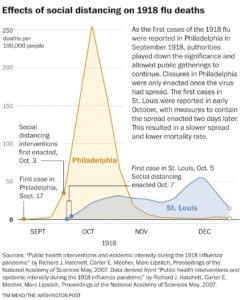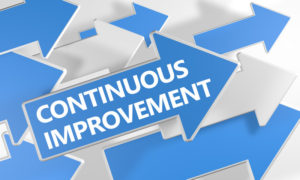When you get a call that your husband has been taken to the ER by ambulance, it is hard not to think the worst. I got that call last Wednesday. The good news is that by late Friday night Tom was OK’d for discharge from the hospital. But we still do not have the answers needed. More tests and results should help us better understand what happened and why it happened so together with his PCP and specialists we can develop a go forward plan.
discharge from the hospital. But we still do not have the answers needed. More tests and results should help us better understand what happened and why it happened so together with his PCP and specialists we can develop a go forward plan.
I have worked in healthcare for over 35 years. Our family has dealt with various minor health issues and been able to access the best healthcare available. I have the utmost respect and gratitude for health professionals and all they do.
Through this experience I have seen healthcare through the patient and family lens in a different way. I have several takeaways worth sharing.
Emergency resources – Know when to call your PCP, go to the nearest urgent care center, call 911 or head right to the hospital ER. Minutes can matter.
Friends and family – I can’t say enough here. Tom was visiting a friend when the incident started. She took him to the closest Urgent Care, they called an ambulance fairly quickly and he was taken to the closest ER. The friend reached out to another friend thinking that person might know how to contact me. Fortunately, he did. We are setting up the Emergency Contact feature on our phones for the future. On the first call with the ED physician, I did a 3-way with my daughter who is a nurse practitioner. I wanted her in the loop from the start – to help interpret what I was being told, help educate me, and advocate for Tom.
Clinician in the family – If you are fortunate as we are to have a clinician in your family, let them help you. They are invaluable. Listen to them, loop them in on calls to ask all the right questions, and let them educate you. Our daughter spent ½ hour on the phone with the attending physician before Tom was discharged while I drove to get him. She then explained it all to me and started doing more research on her own.
Accessible and Integrated EHR – Now we are in my domain. Continue reading








